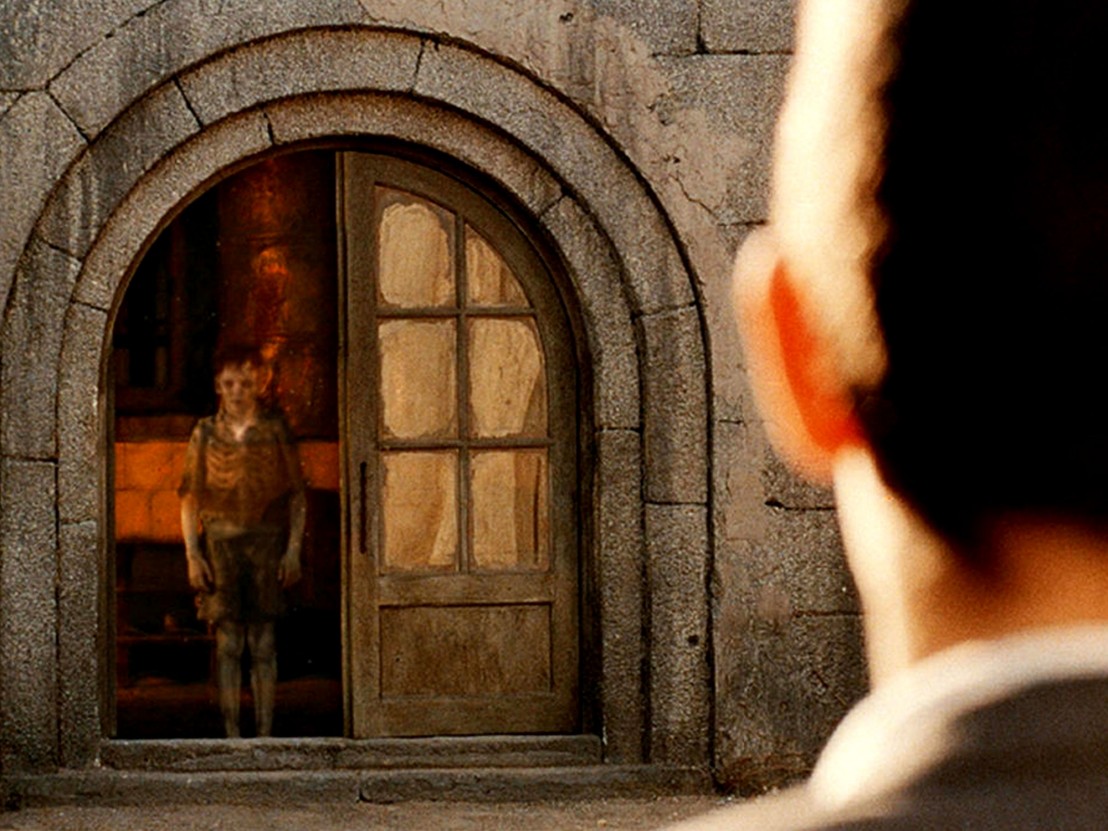
Find out what’s top of the pile in our gore-drenched salute to the horror cinema bonanza.
Before you feast on the Top 10, check out which horror flicks ranked 20-11 in our guide to the best ever FrightFest films.
For a brief time, FrightFest became an outlet for ‘Asia extreme’ titles that were not horror in any traditional sense, but that certainly focused on human outrages within shifting genre frames. Miike’s Gozu, Oxide Pang Chun’s The Tesseract, Kim Ki-duk’s The Isle, Kim Ji-woon’s A Bittersweet Life all fall under this rubric, but perhaps the most memorable is Park Chan-wook’s OldBoy, a violent Hitchcockian revenger’s tale that blends riotously unhinged black comedy, engagingly twisted thrills and horrific family tragedy in a strikingly mannered package. Park plays the viewer like a master mesmerist, while proving that revenge is a squid dish best served alive.
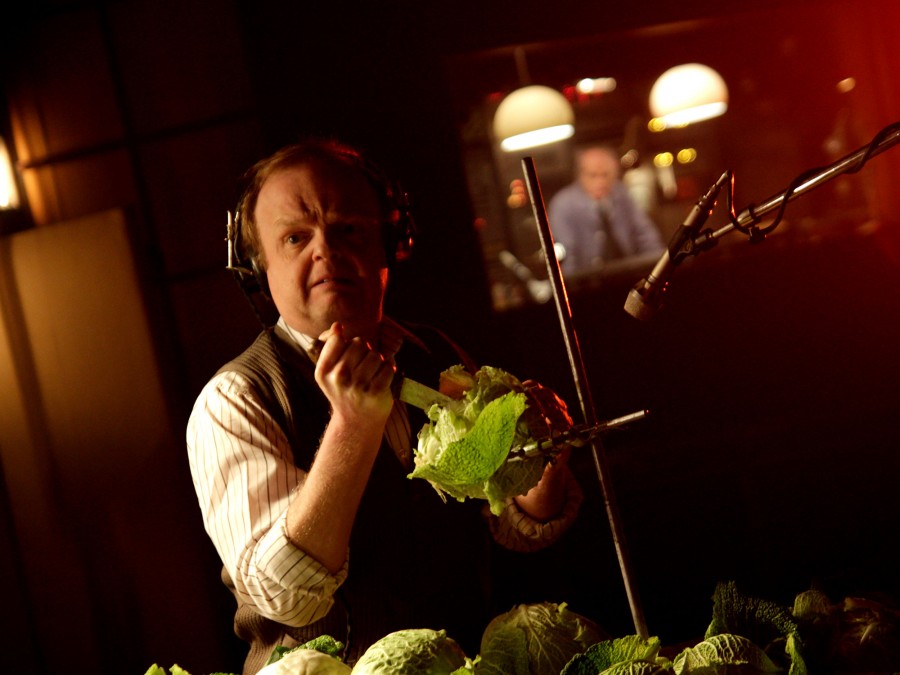
Set in the rarefied world of an Italian post-production studio in the 1970s, Peter Strickland’s mannered Lynchian meta-movie conjures an unseen film-within-a-film entirely from the sounds that English acoustic engineer Gilderoy (Toby Jones) creates with his analogue equipment and a small crew of foley artists. As the misogyny onscreen bleeds into the workspace, Gilderoy’s own complicit part in the film comes into sharp focus, and his English reserve and linguistic isolation are revealed to be mere psychogenic fugue from a crueller, harsher reality. Berberian Sound Studio is less a horror movie than a hermetic investigation of the blood, sweat and moral compromise that go into making one.
Guillermo del Toro’s The Devil’s Backbone does for the ghost story what his later, equally excellent Pan’s Labyrinth (which opened FrightFest 2006) does for the dark fairytale. Both films in this diptych use the popular forms of genre to adumbrate both the particular horrors of the Spanish Civil War, and the more general conflict between the forces of fascism and freedom. As a ghost story, The Devil’s Backbone is impeccable, its watery spectre perhaps the best ever realised on screen and a compelling counterargument to those who automatically dismiss CGI – but it is as historical allegory that the film really distinguishes itself, tying its horrors to something all too real.

Born out of writer/director Pascal Laugier’s deep depression, Martyrs hits the ground running with a breathless, bloody mash-up of different horror subgenres (home invasion, ghost story, psychodrama, torture porn) while also thoroughly confounding our sympathies for its two young female leads (Marjana Alaoui, Mylène Jampanoï), before finally setting on a more meditative contemplation of suffering. As such, this most confronting of films is all at once a wrong-footing showcase of extreme horror modes, and an interrogation of our own motives in willingly witnessing such excess. Regardless of whether there was any truth to the rumour that one FrightFester had to retreat to the toilets to vomit, there is no question that this is a very strong film – but it is also reaching towards something intensely transcendent, even spiritual, in all its depravities, even if it positions the voyeuristic filmgoer as excluded from any real enlightenment. There is nothing else quite like it.
If Simon Rumley’s FrightFest debut The Living and the Dead deployed a crescendo of hallucinatory montage and cross-cutting to tell its story of a mentally ill young man’s tragic descent, then in his follow-up Red White & Blue Rumley once again lets the editing do much of the heavy narrative work, through an impressionistic barrage of images that echoes the disconnection of his three star-crossed characters via a staccato syntax of cinema. In this allegory of 2000s America, an HIV-infected bedhopper (Amanda Fuller), a feckless mother’s boy (Marc Senter) and a drifter with a torturous past (Noah Taylor) each execute acts of asymmetric, misdirected vengeance that ultimately become bound up, however obliquely, in US foreign policy.
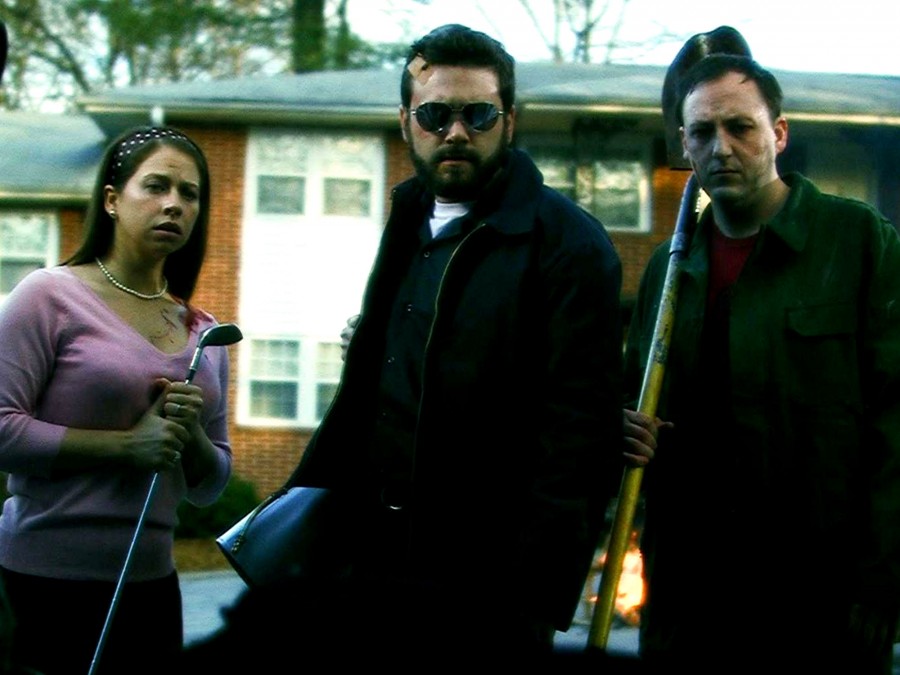
David Bruckner, Dan Bush and Jacob Gentry each direct their own ‘transmission’ in this tripartite mindmelt that tells a continuous story (in wildly different genres) of a destructive love triangle amidst accelerated social breakdown. As the citizens of Terminus rapidly succumb to a madness induced by a strange television signal (while remaining thoroughly convinced of their own sanity), the ensuing behavioural extremes make it impossible, as in George A Romero’s The Crazies (1973), to tell the sick from the sound. Meanwhile, jarring shifts of perspective and tone leave viewers wondering how this film’s hyperviolent signal might be messing with their own heads. By turns horrifically shocking, blackly funny and tearily transcendent, this is a singular trip though our crazily mediated times.
FrightFest can be a broad church, admitting all manner of curios and oddities that defy easy categorisation. Richard Kelly’s high-concept Donnie Darko, e.g., crosses genres and travels back in time, pursuing the paranoid schizophrenic teen Donnie (Jake Gyllenhaal) down a rabbithole/wormhole into an alternative universe, and exposing along the way the darker undercurrents of Reagan’s ’80s. Bold hardly covers the ideological richness and moral complexity of this astonishing debut, where theoretical physics, madness, Messianism and Halloween horror all come crashing down on the Darkos’ suburban home, exploding one of America’s most conservative decades. Its ending is all at once highly moving and mind-bendingly paradoxical, ensuring that multiple replays… repay.
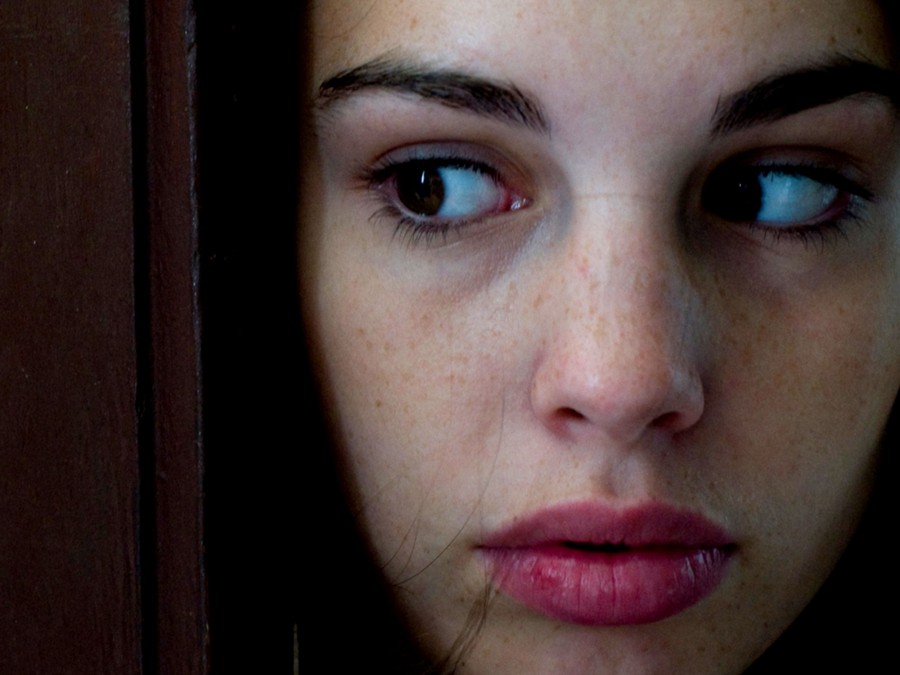
FrightFest has seen several attempts by Italian directors to revive their nation’s giallo subgenre, but the broad pastiche of Dario Argento’s Giallo and Federico Zampaglione’s Tulpa merely elicited derisive guffaws from audiences knowing enough to see the turkeys beneath all the crystal plumage. Hélène Cattet and Bruno Forzani’s Amer, however, is the real deal: chronicling three key phases of a woman’s journey into sexual repression and deathly deviancy, this near wordless sensorama distils the sights and sounds of giallo into a headily transcendent quintessence, all set to a score lovingly magpied from various Seventies Italian genre pics. Amer is a beautiful, haunting and perplexing study of eros and thanatos – and few films have been so deliciously tactile in their terror.
Pontypool showed in the first year of FrightFest’s Discovery strand (now a two-screen festival staple), and immediately established Empire 4 as the place where genre could play with its own outer margins. Bruce McDonald’s film smoothtalks its way disorientingly through otherwise overfamiliar zombie tropes, confining its disaster-and-siege plot to a snowbound radio station in rural Canada, and reducing the apocalypse to a semiological breakdown in which the violent severing of signifier from signified becomes all at once linguistic virus and cure. The fierce intelligence and labyrinthine wordplay of Tony Burgess’ screenplay (radically reworked from his own novel), not to mention the mesmerising central performance from Stephen McHattie (as an increasingly addled shockjock), all make this one of the last decade’s most memorable and multivalent horror films.
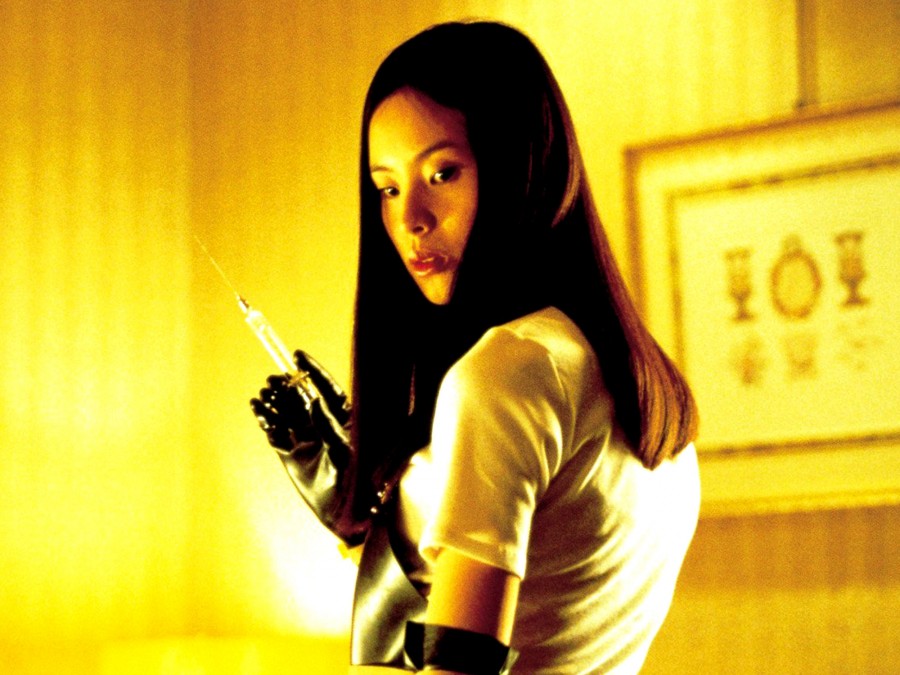
When Audition screened at the very first FrightFest, audiences did not quite know what had hit them. Lulled into a false sense of security by the hip Scream-style postmodern irony that had dominated the second half of the ’90s, not to mention by the film’s own slow-burning domestic drama, they were suddenly confronted with a climax so torturously visceral that it left them, like its protagonist, both paralysed to the spot and overstimulated in the senses, so that for some, just hearing or reading the three words above can to this day be enough to provoke Pavlovian squirming and wincing.
Audition held a key place of influence upon the decade that would follow, occupying (and varying) the vanguard of J-horror, while anticipating (and also outclassing) the whole ‘torture porn’ subgenre (significantly, director Takashi Miike cameos in Hostel). Viewed through the retrospective filter of both the US’s Gitmo-ised’ 2000s foreign policy and countless subsequent race-to-excess ‘torture porn’ flicks , Audition’s last reel might now seem a little tamer in its effect – but this just allows all that precedes it to come into sharper focus, revealing a film of two very distinct (and distinctly colour-coded) halves.
With his teenaged son’s encouragement, middle-aged widower Shigeharu (Ishibashi Ryo) is trying to move onto a new relationship with the much younger, ideal-seeming Asami (Shiina Eihi), whom he has met while pretending to conduct auditions for a phantom film. Yet as their relationship becomes serious, Shigeharu finds himself racked all at once by the intense loss and grief that still remain raw since his wife’s death seven years earlier, by the sense of marital betrayal that his reawakened sexual interest has engendered, by the guilty feelings that his rather underhanded approach to Asami has created (“I feel like a criminal,” he says), and by his general incomprehension and fear of women.
After Shigeharu finally sleeps with Asami in the film’s midway crux, all these essentially psychological torments are given full physical expression in an unfolding nightmare of erotic paranoia, gynophobia and horrific (self-)punishment. Although this second half, reconstituted from lines and motifs that appeared in the first half, is heavily signposted as a dream (it is modulated by images of Shigeharu sleeping and replete with irrational leaps of locational and personal identity), many viewers have struggled to see past its cruelly bludgeoning impact to the sweeter reality lying alongside, and have therefore confused Shigeharu’s misogyny with the film’s own, assuming sincere, sensitive Asami to be the terrifying figure that Shigeharu imagines.
Yet to rewatch Miike’s trauma-inducing (and trauma-preoccupied) film now, in the cold light of day, is to realise the truth of Shigeharu’s words, recurring several times in the film: “It’ll be hard to get over, but you’ll find life is wonderful one day.”
FrightFest 2016 runs 25-29 August. For more on this year’s festival visit frightfest.co.uk
Published 26 Aug 2016
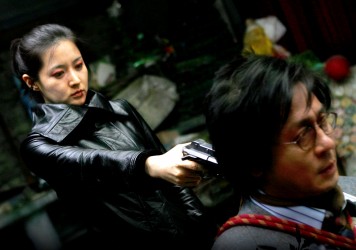
By Amandas Ong
Will this enduring trope become obsolete as we move towards a less gendered worldview?
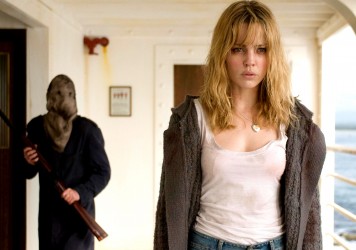
By Anton Bitel
Are these the creepiest cuts from the dark heart of modern horror cinema?

Sarah Walters provides the literary source for the Korean maestro’s Cannes-bound latest.